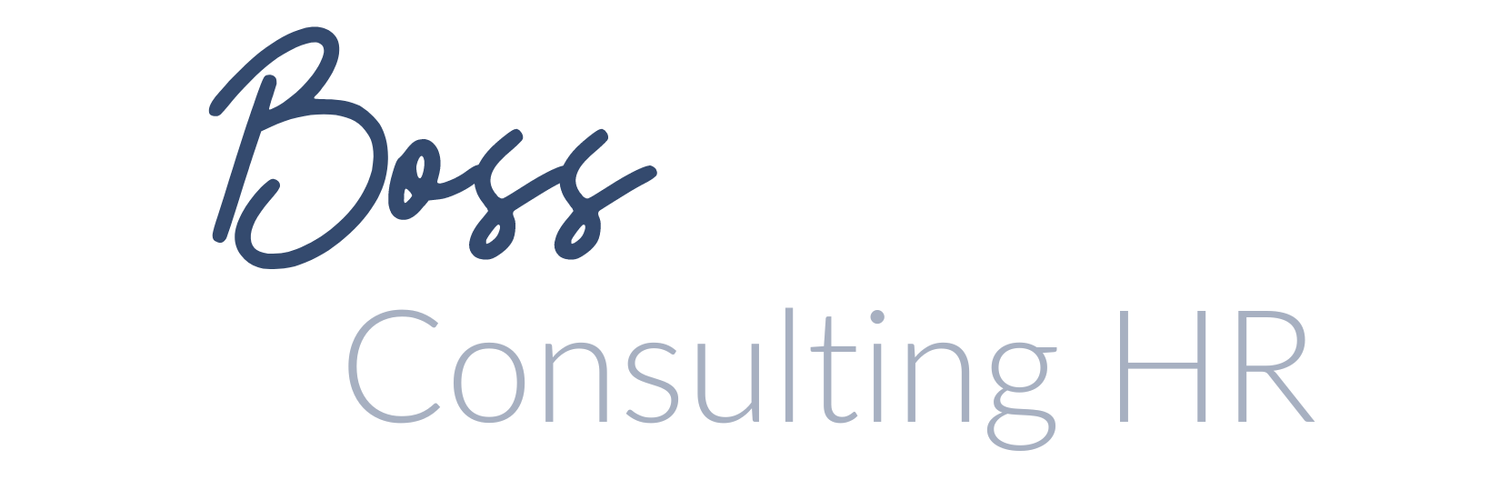Why You Need a DE&I Program with Leadership Support. In Practice, and in Position.
DE&I (Diversity, Equity, & Inclusion) is starting to gain some serious traction in workplaces of all sizes. But the idea that having a diverse workforce creates better outcomes, has been a longstanding concept in Human Resources. This level of public traction may be new, but the ideas, benefits, and importance of a top-notch DE&I-B strategy, are not.
Over the last three to four years we’ve seen a huge public push for DE&I. So much so that it may feel like a newer idea and, for that reason, one doesn’t deserve its own seat at the table.
In reality, HR has been practicing, and encouraging, DE&I for a very long time. When it comes down to it, its proper place is as a part of your C-Suite. DE&I should stand right alongside your leaders. In practice, and in position.
What’s clear, is that diversity, equity, and inclusion in the workplace is here to stay. And that when practiced well, DE&I can provide benefits to any business. What’s still being sorted out, is how businesses effectively implement a DE&I strategy or program that has real impact and staying power.
Some companies are doing DE&I well, some are seeing high rates of turnover and failing systems.
It all has to do with your leaders, their behavior, and the company culture it creates.
It’s time to let HR in on this conversation.
So Your Leaders Aren’t Onboard with DE&I?
Here’s Why They Need to Be
When it comes to DE&I, the question we get asked the most is –
“How do I get my leaders to buy into this idea?”
It’s been eye-opening to see so many large companies not only implement DE&I strategies but also publicly share that they have someone in a DE&I role. And then, publicly announce that person is leaving.
Yup. Huge companies like Tesla, Warner Bros. Discovery, and Twitter have all recently lost their DE&I leaders. As the resignations come in, it’s easy to point the finger. But it’s more important to ask why.
There’s a reason the experts aren’t staying? Lack of support from their leaders.
Employees in a DE&I role are expected to make all of these changes and implement an array of new programs, yet they’re not getting the buy-in from the rest of the leadership team. It’s frustrating, and next to impossible, to actually make change without the support they need to do so.
When your leaders don’t see DE&I as an equal, and vital practice, your company suffers. Even the best-laid plans, and the best people, can’t sustain a long-term program without leadership support.
It’s more than just having someone in the role. It is about actually doing the work. And that starts with you and your management team.
For successful, long-term DE&I practices (and to see the true benefits that diverse teams can deliver for your business) it needs to come from the top down.
How You Can Get Them There
Remember, DE&I directly correlates with your company’s results. So it’s imperative that your leaders get on board and support company-wide DE&I initiatives.
Spot On compiled stats from top studies that prove, “diverse teams often outperform their peers when it comes to innovation and revenue growth [and] companies with diverse leadership are 35% more likely to achieve better financial performance than their industry peers.”
What’s more, candidates are now seeking out companies with inclusive DE&I practices. This means that to secure top talent, it’s more important than ever to have your own DE&I strategy. And to ensure your leaders are trained to practice it well.
As a small business owner, the biggest step your management team can take to support your initiatives is to practice visible leadership.
A simple action with huge value-add potential is to encourage your leaders to give their time to events that promote DE&I.
Taking the time to be seen at important meetings or workshops that support inclusion is a practice that, according to HR Brew “‘demonstrates a serious commitment to the DE&I agenda.”’
Your leaders set the tone for company culture.
When they are seen implementing DE&I practices, your employees take notice and feel both included in workplace culture, and free to be themselves.
When employees are supported in this way by top management, it promotes well-being and increased productivity.
Ensuring HR is a Part of the Conversation
If you’re going to implement a DE&I strategy or program, it’s vital to have HR as part of that conversation so they can support both your leaders and your initiatives.
Think about it, your HR department, HR rep, or consultant has been practicing DE&I strategies for the entirety of their career. In other words, we’ve been at it a long time.
The public backing that DE&I is getting is an amazing step forward, in that it gives HR and other DE&I leaders the support they need to implement initiatives on a larger scale.
For knowledge and know-how (of where to start and how to successfully practice a workplace culture of diversity and inclusion) turn to Human Resources.
Bring them in to work with your DE&I point person as well as your leaders. As not only a support system but as a partner in their mission to prioritize your people.
Have HR in the room and at the table to support your managers and leaders in building a culture of visible DE&I-forward leadership.
Remember, it all starts from the top down. There’s true, tangible, data-driven value in promoting diversity, equity, and inclusion. And if you’re not doing so, your business, your people, and your customers are missing out.
If you could use some support in developing your own DE&I program, we at Boss Consulting HR are here to help. Schedule a call to chat with us about how we can support you and your business.


